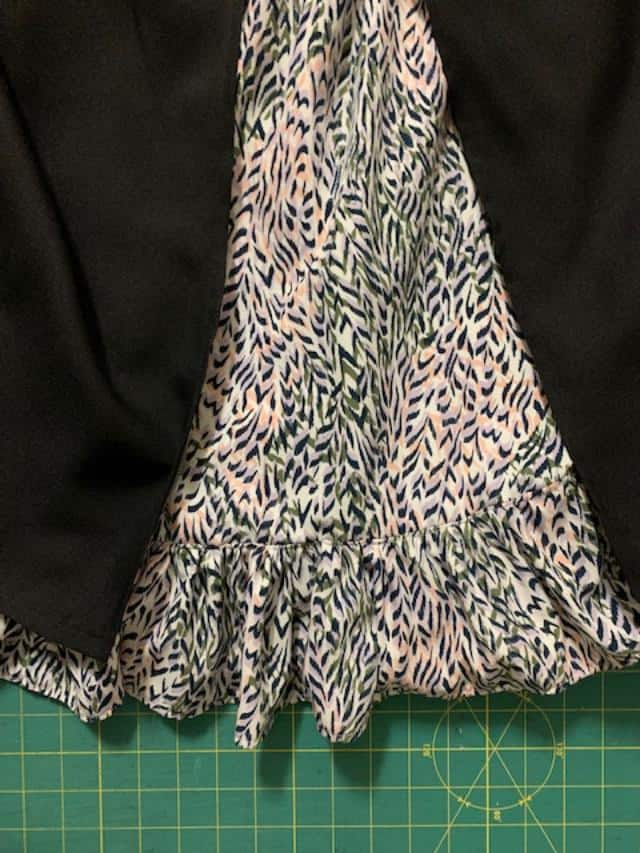How To Sew French Seams On Lightweight Fabric
What Is A French Seam
A lot of people struggle with sewing lightweight fabrics. They are loosely woven and have a tendency to unravel easily. When do you decide how to sew french seams on lightweight fabric? What is a french seam anyway? Why would you go through the trouble of sewing french seams on lightweight fabrics? French seams work best when sewn on lightweight or sheer fabrics. French seams are created by sewing the fabric twice. When sewing a sheer fabric like chiffon, cotton lawn or rayon challis, french seams create a beautiful and delicate flat seam without the need for hand sewing.
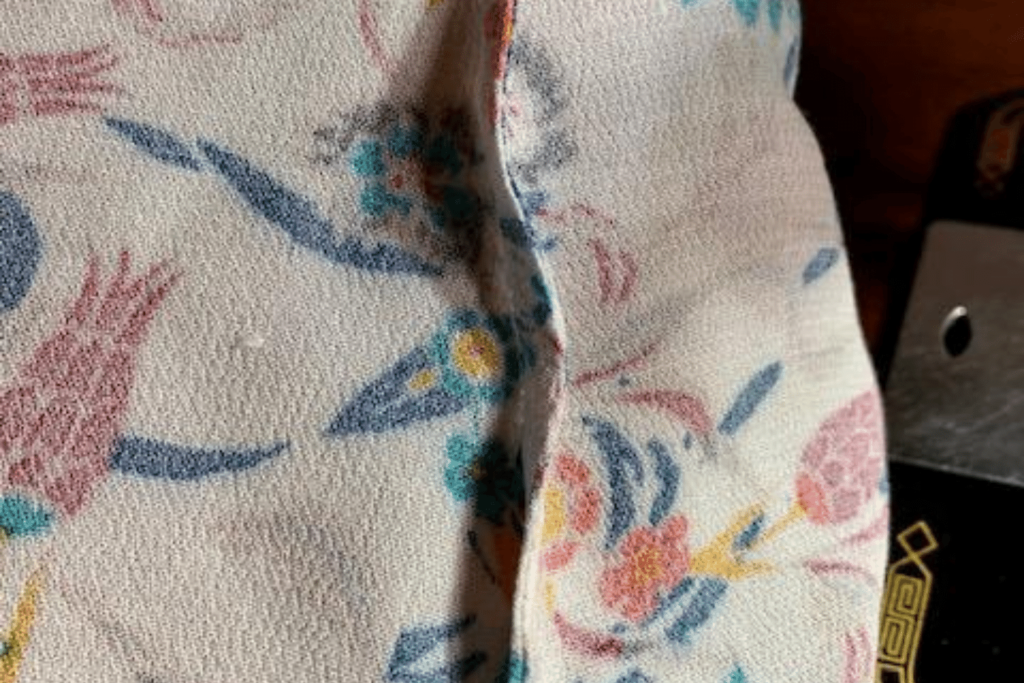
When to Sew French Seams On Lightweight Fabric
French seams are used on a variety of garments and some home accessories. As long as the fabric is lightweight, french seams can be applied to any pattern but are typically found on blouses, button up shirts, dresses or skirts. Pillowcases are often made with french seams even though the fabric typically used is far more stable than chiffon.
Seam Allowance Adjustments
Keep in mind that if you intend to sew a french seam, you will need to use a larger seam allowance. If your pattern includes a seam allowance of ⅝” or ½”, you have enough seam allowance to successfully sew a french seam. If your seam allowance is ¼” or ⅜”, you will need to increase the seam allowance by an additional ¼” on all the seams before cutting the pattern and fabric. To increase the seam allowance, use a ruler and a pencil to draw the additional seam allowance around the outline of the pattern piece.
Sew And Press The First Seam
To create the first seam you will place the two pieces of fabric WRONG sides together. Sew the seam from start to finish and remember to backstitch at the beginning and the end.
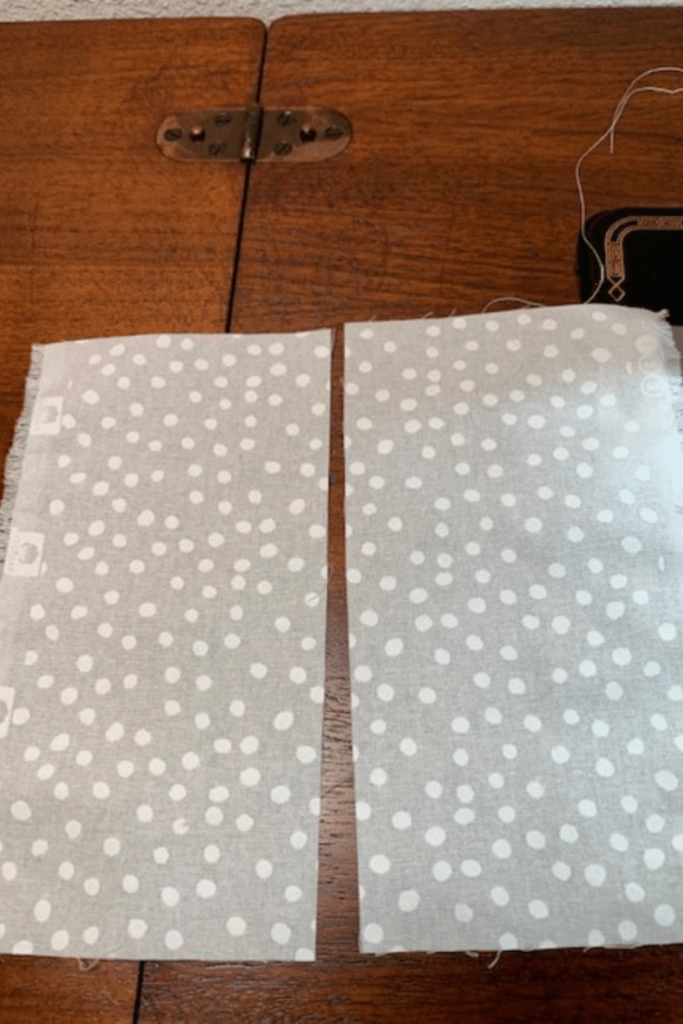
Once you sew the seam, press it flat to one side to lock in the stitches. Next you will trim the seam by ¼” and then press the seam again.
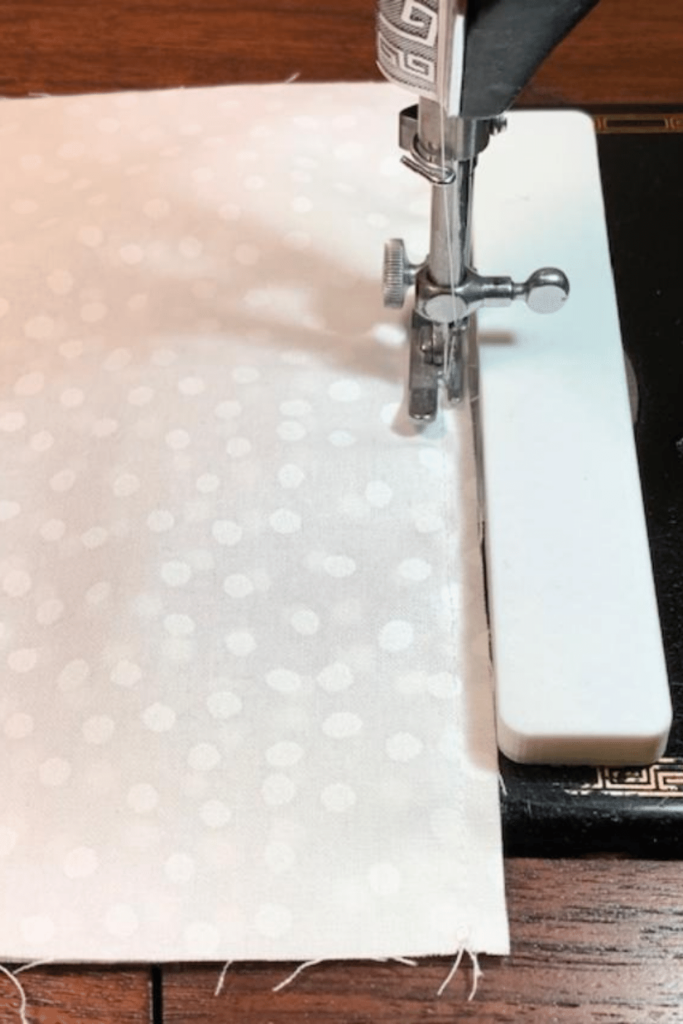
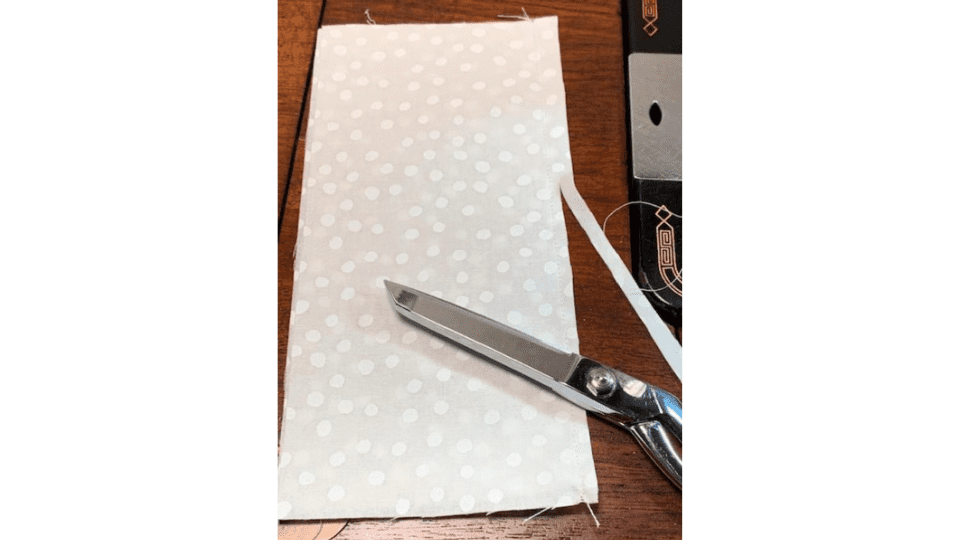
Sew And Press The Second Seam
With the wrong side of the fabric facing out, sew the seam once more. This time you are sewing the fabric with the RIGHT sides together.
Once you’ve sewn the seam, press it once more to one side. This process creates a finished and enclosed seam on the wrong side of the fabric and encases all raw edges on the right side of the fabric.

You’ve Sewn A French Seam on Lightweight Fabric
Now that the french seam is finished, press it one more time. That wasn’t overly complicated or difficult was it? Now that you know how to sew french seams on lightweight fabric, you’ll definitely be looking for more projects to use it on. If you are not ready to work with chiffon, try practicing on muslin, quilting cotton or even cotton lawn.



